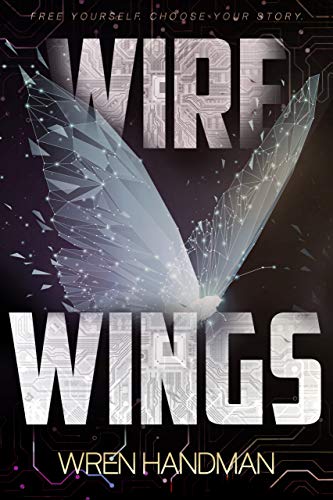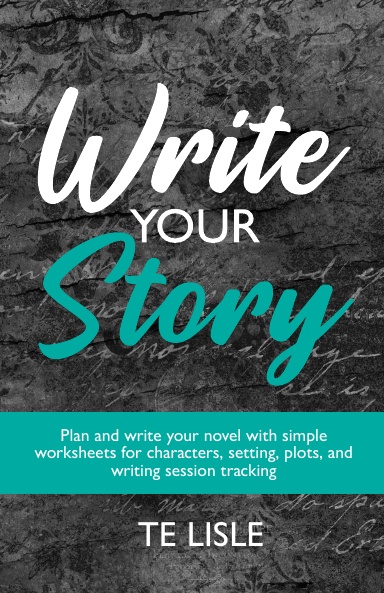
It’s been so long since I’ve gotten something from a local author to read, but over the holidays last year I got to go to an event with Pulp Literature with a whole bunch of local authors and fill up my TBR! And, of course, I am only just now getting to reading this one.
We follow Graciela, a young woman in a world where the metaverse is a reality. She spends her time in a virtual world, escaping from a complicated life of tragedy and complicated parental relationships. Her father has developed an AI that exists in the virtual world known as the Waves, and this creation of her father’s, who she has named Thomas, has been following her. While her father wants the AI back, but Gracie is torn between doing as she’s told and treating him like a fully formed person.
The concept overall is interesting and, while it does have elements of “The digital world is a drug that’s harming our children” that sentiment is largely contained to the older characters. In the context of Graciela, it’s viewed more as a coping mechanism to give her the space to discover herself and give her space to deal with loss and isolation while building confidence.
I did have a little trouble with the pacing. It’s a bit slow in the middle where she is spending more time in reality, and then everything feels like it happens in the last couple chapters. There were some things I felt could have used more setup and the tell about the truth about Thomas felt like she definitely should have recognized that a lot earlier.
Overall, though, I really did like the story. It’s a look at what could be through the lens of someone who has not only grown up around the technology, but is using it in a way that makes sense for their own lives. If it sounds interesting, definitely check it out!





